Home>Articles>How Do I Know If I Have A Closed Plumbing System
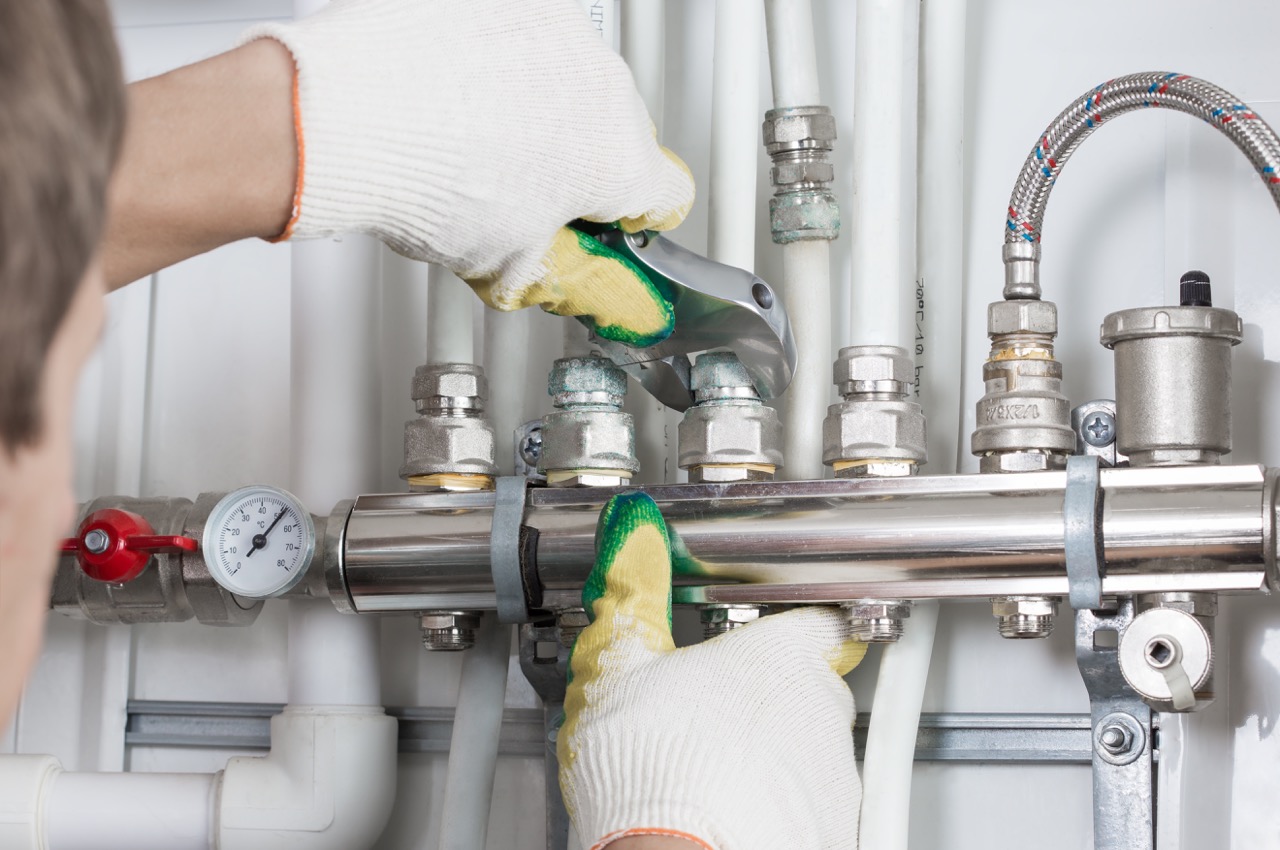

Articles
How Do I Know If I Have A Closed Plumbing System
Modified: January 5, 2024
Discover the signs of a closed plumbing system and learn how it can impact your home's water pressure and overall plumbing efficiency. Read our informative articles for expert insights.
(Many of the links in this article redirect to a specific reviewed product. Your purchase of these products through affiliate links helps to generate commission for Storables.com, at no extra cost. Learn more)
Introduction
Plumbing is an essential aspect of any building, whether it’s a residential home or a commercial property. It ensures the proper distribution of water and the safe disposal of wastewater. Most people are familiar with the basic concepts of plumbing, such as pipes, faucets, and drains. However, there are some lesser-known aspects of plumbing systems that can significantly impact their functionality.
One such aspect is a closed plumbing system. While it may sound complex, understanding what a closed plumbing system is and how it operates is important for maintaining the efficiency and longevity of your plumbing infrastructure. In this article, we will delve into the details of a closed plumbing system, its significance, telltale signs, testing methods, common issues, and how to address them.
A closed plumbing system refers to a system where the water supply is contained within the pipes and doesn’t have any direct connection to the surrounding environment. Unlike an open plumbing system, where the water can enter and exit through various points, a closed system is designed to maintain the water within the pipes without any external interference.
The significance of a closed plumbing system lies in its ability to prevent contamination and ensure a constant flow of water. Since the water supply is isolated from the environment, it is less susceptible to external pollutants, such as dirt, debris, or bacteria. This is particularly important for drinking water, as it maintains its quality and safety.
Knowing whether or not you have a closed plumbing system is crucial for several reasons. Firstly, it helps you understand the potential risks associated with your water supply. Secondly, it allows you to identify any issues that may arise from a closed system, such as water pressure problems or trapped air in the pipes.
There are several signs that indicate you may have a closed plumbing system. If you notice a sudden drop in water pressure, frequent water hammer noises, or uneven distribution of water throughout your property, it could be a sign that your plumbing system is closed. Additionally, if you experience difficulty in draining water from sinks or showers or if your faucets emit an unpleasant odor, these can also be indicators of a closed system.
To determine if you have a closed plumbing system, there are a few simple tests you can perform. One method involves shutting off the main water supply valve and opening multiple faucets. If the water continues to flow at a steady rate without any signs of air sputtering or reduced pressure, it’s likely that you have a closed system. Another test involves taking a water pressure reading using a pressure gauge at various points in your plumbing system. If the pressure remains constant, it indicates a closed system.
Key Takeaways:
- Closed plumbing systems prevent contamination, maintain water quality, and ensure constant water pressure. Recognizing signs and testing methods can help address potential issues and maintain optimal functionality.
- Common issues in closed plumbing systems, such as water pressure problems and water hammer, can be addressed through proper diagnosis and maintenance. Consulting a professional plumber for complex issues is advisable.
Read more: How Do I Know Which Alexa I Have
What is a Closed Plumbing System?
A closed plumbing system refers to a plumbing configuration where the water supply is contained within the pipes and does not have any direct connection to the surrounding environment. In simpler terms, it is a system that operates independently without any external influence on the water supply.
In a closed plumbing system, there is no direct connection between the supply and drainage pipes to the atmosphere. This means that the water is isolated within the pipes and does not have any opportunity to interact with external contaminants or pollutants. Unlike an open plumbing system, where water flows in and out freely and can be affected by external factors, a closed system is designed to maintain the water within the pipes, ensuring its quality and safety.
The main purpose of a closed plumbing system is to prevent contamination and ensure a constant flow of water. By isolating the water supply from the outside environment, the risk of pollutants, such as dirt, bacteria, or debris, entering the water system is significantly reduced. This is particularly important for potable water, as it maintains the quality and purity of the water supply.
Closed plumbing systems are commonly found in newer buildings and homes, as they are designed to meet stricter sanitary requirements and ensure uninterrupted water flow. They are often used in high-rise buildings, commercial properties, and residential complexes. However, it is important to note that not all plumbing systems are closed. Older buildings or those with outdated plumbing configurations may still operate with open systems.
A closed plumbing system typically consists of a network of pipes, valves, and fixtures that work together to maintain the integrity and pressure of the water supply. It includes components such as backflow preventers, pressure reducing valves, and expansion tanks to regulate the flow and pressure of the water within the system.
By isolating the water within the plumbing system, closed systems are also known for their efficiency in conserving water. Since there are no external leak points, such as dripping faucets or faulty connections, the potential for water wastage is reduced, resulting in cost savings and environmental benefits.
Overall, a closed plumbing system offers several advantages, including improved water quality, reduced risk of contamination, efficient water usage, and uninterrupted water flow. Understanding whether or not you have a closed plumbing system is important for proper maintenance and troubleshooting, as different configurations may require specific repairs or adjustments.
Significance of a Closed Plumbing System
A closed plumbing system plays a crucial role in maintaining the quality, safety, and efficiency of a building’s water supply. It offers several significant advantages over an open plumbing system, making it a preferred choice in modern construction. Here are some key reasons why a closed plumbing system is significant:
- Contamination Prevention: One of the primary benefits of a closed plumbing system is its ability to prevent contamination. By isolating the water supply within the pipes, it reduces the risk of pollutants, such as dirt, bacteria, or chemicals, entering the water system. This is especially important for potable water, as it ensures that the water remains safe and free from harmful substances.
- Maintaining Water Quality: Since a closed plumbing system minimizes the exposure of water to external elements, it helps to preserve the quality of the water. By avoiding contact with air, the risk of oxidation and the formation of sediments or rust within the pipes is reduced. This means that the water flowing through a closed system is cleaner, clearer, and free from any unpleasant tastes or odors.
- Constant Water Pressure: Closed plumbing systems are designed to maintain a consistent water pressure throughout the building. The isolation of the water supply from external influences ensures that the pressure remains steady, allowing for a reliable and uninterrupted flow of water to all fixtures and faucets. This is particularly advantageous in multi-story buildings where maintaining consistent water pressure can be challenging in open systems.
- Reduced Risk of Water Hammer: Water hammer is a phenomenon that occurs when the flow of water in a plumbing system is suddenly stopped or changed direction, causing a reverberating noise and potential damage to pipes and fixtures. Closed plumbing systems are better equipped to handle water hammer by design, as the contained water helps to absorb and dissipate the pressure waves, minimizing the risk of damage to the system.
- Energy Efficiency: Closed plumbing systems are known for their energy efficiency. The sealed nature of the system reduces heat loss from hot water pipes, resulting in less energy required to heat the water. Additionally, closed systems often incorporate features like insulation and recirculation pumps, further improving energy efficiency and reducing energy costs.
- Minimized Risk of Leaks: With a closed plumbing system, the risk of leaks is significantly reduced. Since the water supply is contained within the pipes and not exposed to external connections, there are fewer points where leaks can occur. This not only helps to conserve water but also prevents potential water damage to the building’s structure.
- Compliance with Building Codes: Many modern building codes and regulations require the installation of closed plumbing systems, especially in commercial properties and high-rise buildings. By adhering to these codes, building owners can ensure that their plumbing systems meet the necessary standards for safety, hygiene, and water conservation.
Overall, a closed plumbing system offers numerous advantages in terms of water quality, safety, efficiency, and compliance with regulations. By understanding the significance of a closed plumbing system, individuals can make informed decisions when it comes to building or maintaining their plumbing infrastructure, ensuring optimal performance and peace of mind.
Signs of a Closed Plumbing System
Identifying whether or not you have a closed plumbing system is important for understanding the specific characteristics and potential issues associated with your plumbing infrastructure. Here are some common signs that indicate you may have a closed plumbing system:
- Low Water Pressure: If you consistently experience low water pressure throughout your property, it could be an indication of a closed plumbing system. Closed systems rely on proper pressure regulation to maintain a constant flow of water, and any disruption or blockage in the pipes can result in reduced water pressure.
- Water Hammer Noises: Water hammer refers to the loud, banging noises that can occur when the flow of water suddenly stops or changes direction. If you frequently hear these noises when using faucets or flushing toilets, it may suggest that you have a closed plumbing system. The contained water in closed systems can create pressure waves, leading to water hammer sounds.
- Uneven Water Distribution: In closed plumbing systems, an issue with water distribution can manifest as uneven water flow from faucets or uneven water levels in toilets. If you notice that some faucets have significantly stronger water flow than others or that toilets are slow to fill or empty, it could be an indication of a closed system.
- Difficulty Draining Water: Closed plumbing systems can sometimes experience difficulties in draining water efficiently. If you find that sinks, showers, or bathtubs take longer than usual to drain, or if you notice gurgling sounds during drainage, it could be a sign of a closed system. The lack of proper air circulation in closed systems can hinder the drainage process.
- Unpleasant Odors: A closed plumbing system can occasionally trap odors within the pipes, resulting in unpleasant smells emanating from faucets or drains. This can be caused by stagnant water or the buildup of organic matter in the pipes. If you detect foul odors coming from your plumbing fixtures, it is worth investigating whether your system is closed.
- Consistent Water Flow: While it may seem counterintuitive, a consistently smooth water flow can also be a sign of a closed plumbing system. In open systems, water pressure may fluctuate due to external factors. However, if you notice that the water flow in your plumbing system remains consistently strong and unaffected by external changes, it could indicate that you have a closed system.
- Water Quality: The quality of the water coming out of your faucets can provide clues about your plumbing system. If the water appears clear, free from sediments, and tastes and smells pleasant, it suggests that your closed plumbing system is effectively maintaining the water’s quality and preventing contamination.
It is important to note that these signs alone may not conclusively confirm the presence of a closed plumbing system. Consulting with a professional plumber or performing specific tests can provide more accurate information about your plumbing configuration.
Understanding the signs of a closed plumbing system can help you identify potential issues and troubleshoot problems more effectively. By addressing these signs promptly, you can ensure the optimal performance and longevity of your plumbing system.
To determine if you have a closed plumbing system, shut off the main water supply valve and then open a faucet. If water continues to flow, you likely have a closed system. If the flow stops, you likely have an open system.
Testing for a Closed Plumbing System
If you suspect that you have a closed plumbing system, there are a few simple tests you can perform to confirm its configuration. These tests can help you determine whether or not your water supply is isolated within the pipes and does not have any direct connection to the surrounding environment. Here are some methods for testing a closed plumbing system:
- Shut off the Main Water Supply: Start by locating the main water supply valve, typically found near the water meter or where the water line enters your property. Shut off the valve completely to stop the flow of water throughout your plumbing system.
- Open Multiple Faucets: With the main water supply shut off, open multiple faucets in your property, including those in bathrooms, kitchens, and outdoor spigots. Allow the faucets to run for a few minutes to eliminate any remaining water in the pipes.
- Observe Water Flow: While the faucets are running, observe the water flow from each faucet. In a closed plumbing system, the water should continue to flow smoothly and steadily without any sputtering, loss of pressure, or interruptions. If you notice any irregularities or reduced water flow, it could indicate an issue within the system.
- Check for Air Sputtering: In closed systems, air can become trapped in the pipes, causing sputtering noises and possible fluctuations in water pressure. Listen for any unusual sounds or air gurgling through the faucets. If you do not hear any air sputtering, it suggests a closed plumbing system.
- Water Pressure Gauge: Another method involves using a water pressure gauge to measure the pressure at various points in your plumbing system. Connect the gauge to a faucet or a hose bib and take a reading. In a closed plumbing system, the pressure should remain relatively constant throughout the system. Fluctuations in pressure could indicate an open system or underlying issues.
Performing these tests can provide valuable insights into the configuration of your plumbing system. It is important to remember that these tests are simple indicators and may not provide a definitive answer. If you are unsure about your plumbing system or encounter any issues during the testing process, it is recommended to consult with a professional plumber who can provide expert guidance and assistance.
Understanding whether you have a closed plumbing system can help you with maintenance, troubleshooting, and repairs. It allows you to address any specific considerations or challenges associated with closed systems, ensuring the proper functioning and longevity of your plumbing infrastructure.
Common Issues with Closed Plumbing Systems
While closed plumbing systems offer numerous benefits, they can still encounter certain issues that may require attention and maintenance. Understanding these common problems can help you identify potential issues within your closed plumbing system. Here are some of the most commonly encountered issues:
- Water Pressure Problems: Closed plumbing systems rely on proper pressure regulation to ensure a consistent flow of water. However, issues such as clogged pipes, valve malfunctions, or faulty pressure regulators can lead to water pressure problems. This can result in low water pressure or erratic fluctuations, impacting the functionality of faucets, showers, and other fixtures.
- Air Trapped in Pipes: In closed plumbing systems, air can occasionally become trapped, leading to sputtering sounds, reduced water flow, or uneven water distribution. Air can enter the system during repairs or as a result of changes in water pressure. Properly addressing and eliminating trapped air is essential to maintaining efficient water flow.
- Water Hammer: Water hammer is a common issue in closed plumbing systems that occurs when water flow is abruptly stopped or changes direction, resulting in a loud, banging noise. This can put stress on pipes, joints, and fixtures, potentially leading to leaks or damage. Properly installing and maintaining devices such as water hammer arrestors can help mitigate or eliminate water hammer issues.
- Reduced Water Quality: Closed plumbing systems can sometimes have stagnant water in certain areas of the pipe network, leading to reduced water quality. Stagnation can promote the growth of bacteria or result in water discoloration, odor, or taste issues. Regular flushing of the system and the use of appropriate filters can help address these water quality concerns.
- Expansion and Contraction: Closed plumbing systems are affected by the expansion and contraction of pipes due to temperature changes. This can result in stress on the pipes, potentially causing leaks, joint failures, or even burst pipes. Properly sized pipes and the use of expansion joints or fittings can help accommodate these temperature-related movements, preventing potential damage.
- Backflow Issues: Closed plumbing systems must have proper mechanisms in place to prevent backflow, which is the reversal of water flow in the pipes. Backflow can contaminate the water supply with non-potable water or chemicals. Regular inspection and maintenance of backflow prevention devices, such as check valves or backflow preventers, is crucial to ensure the integrity of the system.
- Mineral Deposits and Corrosion: Closed plumbing systems can be susceptible to mineral deposits and corrosion, especially in areas with hard water or older pipes. Accumulated deposits can restrict water flow and lead to pipe blockages or reduced water pressure. Regular maintenance, such as descaling or pipe replacement, can help mitigate these issues and prolong the lifespan of the plumbing system.
It is important to address these common issues promptly to prevent further damage and maintain the efficiency of your closed plumbing system. Consulting with a professional plumber is recommended, as they can provide expert guidance and assistance in diagnosing and resolving these issues effectively.
Regular inspection, maintenance, and timely repairs are essential for the continued performance and longevity of your closed plumbing system. By addressing any issues proactively, you can ensure a reliable and efficient water supply throughout your property.
How to Fix a Closed Plumbing System
Fixing issues in a closed plumbing system requires a combination of proper diagnosis, maintenance, and repairs. While some problems may require the expertise of a professional plumber, there are several steps you can take to address common issues in a closed plumbing system. Here are some recommended approaches for fixing a closed plumbing system:
- Identify the Problem: Accurately diagnosing the issue is crucial for determining the appropriate solution. Assess the symptoms and signs of the problem, such as low water pressure, noises, or water discoloration. It may be necessary to consult with a professional plumber to diagnose complex issues or perform specialized tests.
- Address Water Pressure Problems: If you are experiencing low water pressure in your closed plumbing system, there are a few potential causes. Check for any obstructions or clogs in the pipes, valves, or fixtures and clean or clear them if necessary. Consider installing or replacing pressure regulators or adjusting them to ensure proper pressure regulation.
- Eliminate Trapped Air: If you hear sputtering noises or notice reduced water flow, it could indicate trapped air in the pipes. Locate the affected area or faucet and open it fully to release the trapped air. If the issue persists, consult a plumber to assess the air ventilation in the plumbing system and make any necessary adjustments.
- Address Water Hammer: Water hammer can be resolved by installing water hammer arrestors or air chambers near areas where water flow is abruptly stopped or redirected, such as washing machines or toilets. These devices absorb the pressure waves generated during sudden changes in flow, preventing the banging noises and reducing stress on the plumbing system.
- Improve Water Quality: If your closed plumbing system is experiencing water quality issues, consider installing appropriate filters or water treatment systems to remove contaminants or reduce mineral deposits. Regularly flush the system and clean fixtures to minimize the buildup of sediments or deposits. Consulting a water treatment specialist can help determine the most suitable solutions for your specific water quality concerns.
- Prevent Backflow: Ensure proper installation, testing, and maintenance of backflow prevention devices, such as check valves or backflow preventers. These devices prevent the reverse flow of non-potable water into the clean water supply. Regularly inspect and verify the functionality of these devices to prevent backflow issues and ensure the safety of your water supply.
- Address Corrosion and Deposits: If your closed plumbing system is experiencing mineral deposits or corrosion, consider descaling the pipes or replacing them as necessary. Implement regular maintenance practices, such as flushing the system or using appropriate cleaning solutions, to reduce the buildup of deposits. Investing in corrosion-resistant materials can also help mitigate future issues.
It is important to note that while some minor repairs and maintenance tasks can be performed by homeowners, complex issues or larger-scale repairs may require the expertise of a professional plumber. Consulting with a professional will ensure that the problem is addressed correctly and the necessary repairs are carried out safely and effectively.
Regular inspection, maintenance, and timely repairs are essential for keeping your closed plumbing system functioning optimally. By addressing any issues promptly, you can ensure the longevity, efficiency, and reliability of your plumbing system, providing you with a steady and safe water supply.
Conclusion
A closed plumbing system plays a critical role in maintaining the integrity, safety, and efficiency of your water supply. By isolating the water within the pipes and preventing external contamination, closed systems ensure the delivery of clean and consistent water throughout your property. Understanding the characteristics and potential issues associated with a closed plumbing system is essential for proper maintenance and troubleshooting.
In this article, we have explored what a closed plumbing system is and its significance in maintaining water quality and preventing contamination. We have also discussed the common signs that indicate you may have a closed system, such as low water pressure, water hammer noises, and difficulty draining water. By recognizing these signs, you can take the necessary steps to address any potential issues and ensure optimal functionality.
We have also covered testing methods to confirm if you have a closed plumbing system. By shutting off the main water supply and observing the water flow from multiple faucets, you can determine whether the water continues to flow smoothly without any signs of air sputtering or reduced pressure. Additionally, using a water pressure gauge at various points in your plumbing system can provide insights into the system’s configuration.
Furthermore, we have discussed common issues that can arise in closed plumbing systems, such as water pressure problems, air trapped in the pipes, water hammer, and reduced water quality. By identifying and addressing these issues promptly, you can prevent further damage and ensure the efficiency and performance of your plumbing system.
Finally, we have provided recommendations for fixing common issues in a closed plumbing system, such as addressing water pressure problems, eliminating trapped air, addressing water hammer, improving water quality, preventing backflow, and dealing with corrosion and deposits. While some repairs and maintenance tasks can be performed by homeowners, it is advisable to consult with a professional plumber for more complex issues or larger-scale repairs.
In conclusion, understanding the operation and maintenance of a closed plumbing system is vital for keeping your water supply clean, safe, and efficient. By staying proactive and addressing any issues promptly, you can ensure the longevity and optimal functionality of your plumbing system, providing you with a reliable and uninterrupted water supply for years to come.
Frequently Asked Questions about How Do I Know If I Have A Closed Plumbing System
Was this page helpful?
At Storables.com, we guarantee accurate and reliable information. Our content, validated by Expert Board Contributors, is crafted following stringent Editorial Policies. We're committed to providing you with well-researched, expert-backed insights for all your informational needs.

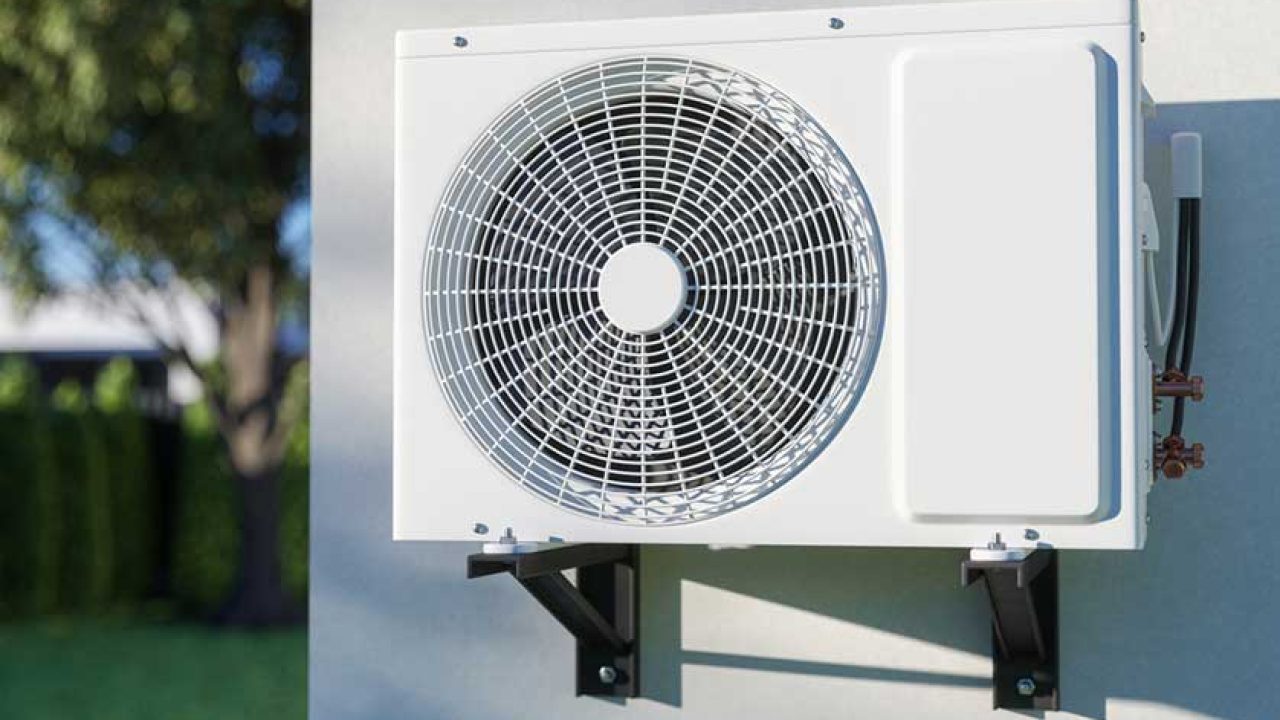


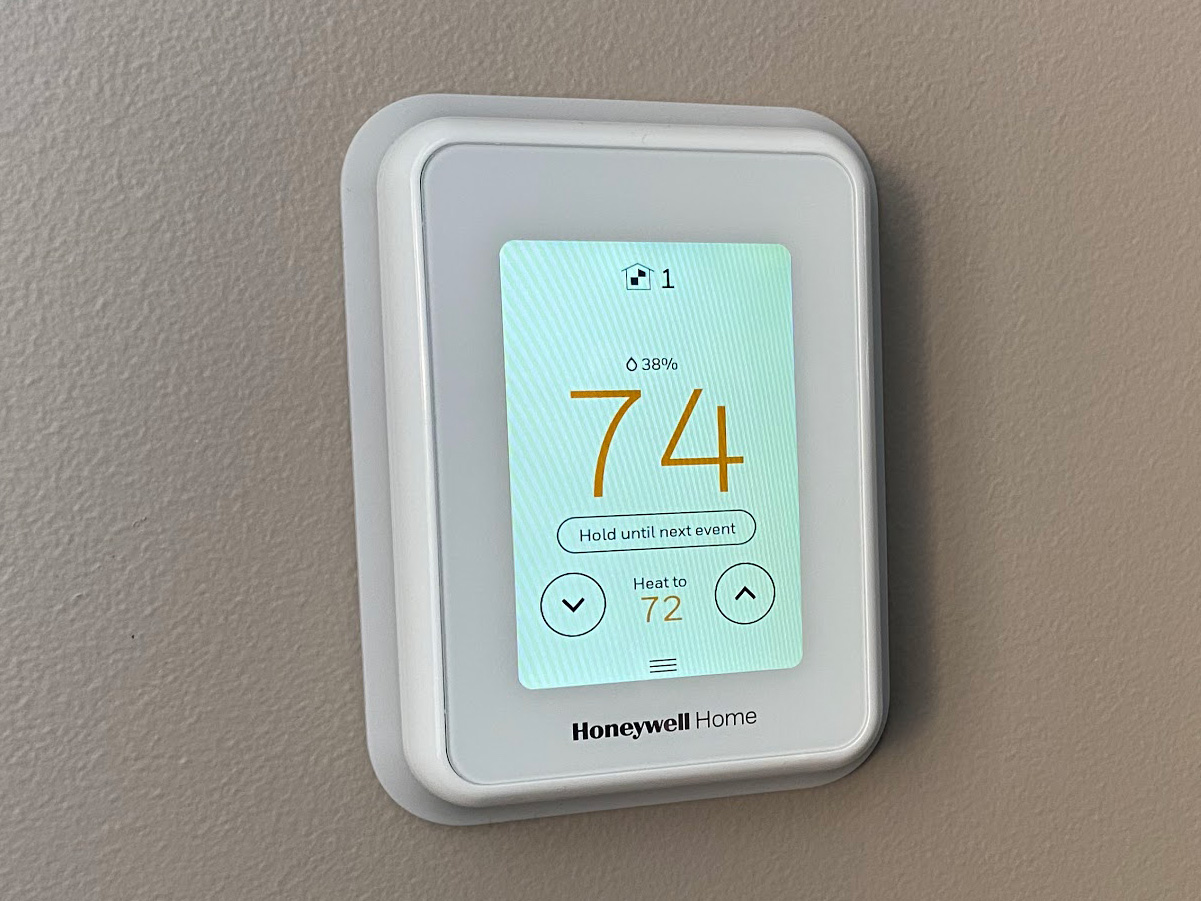
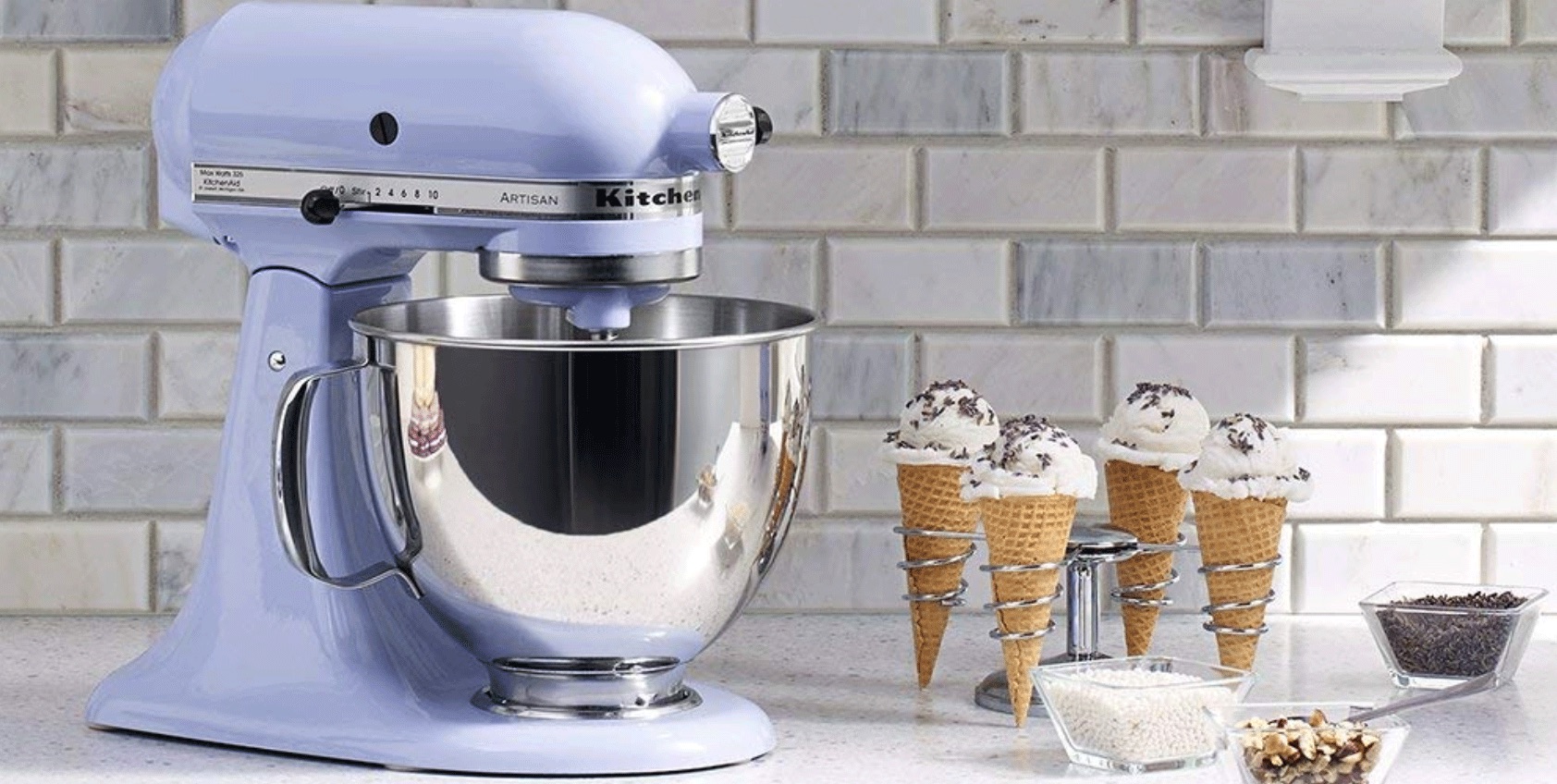


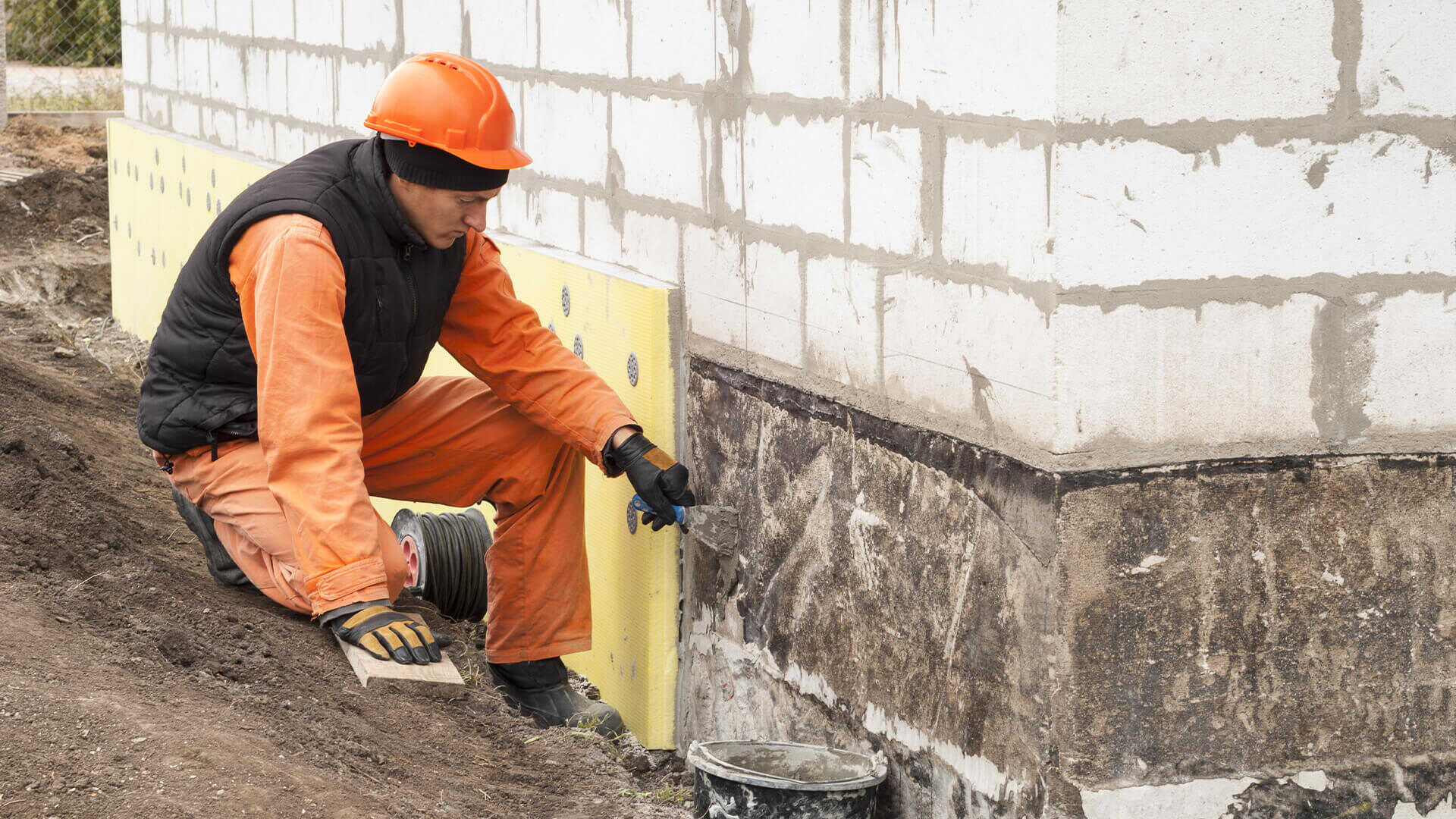


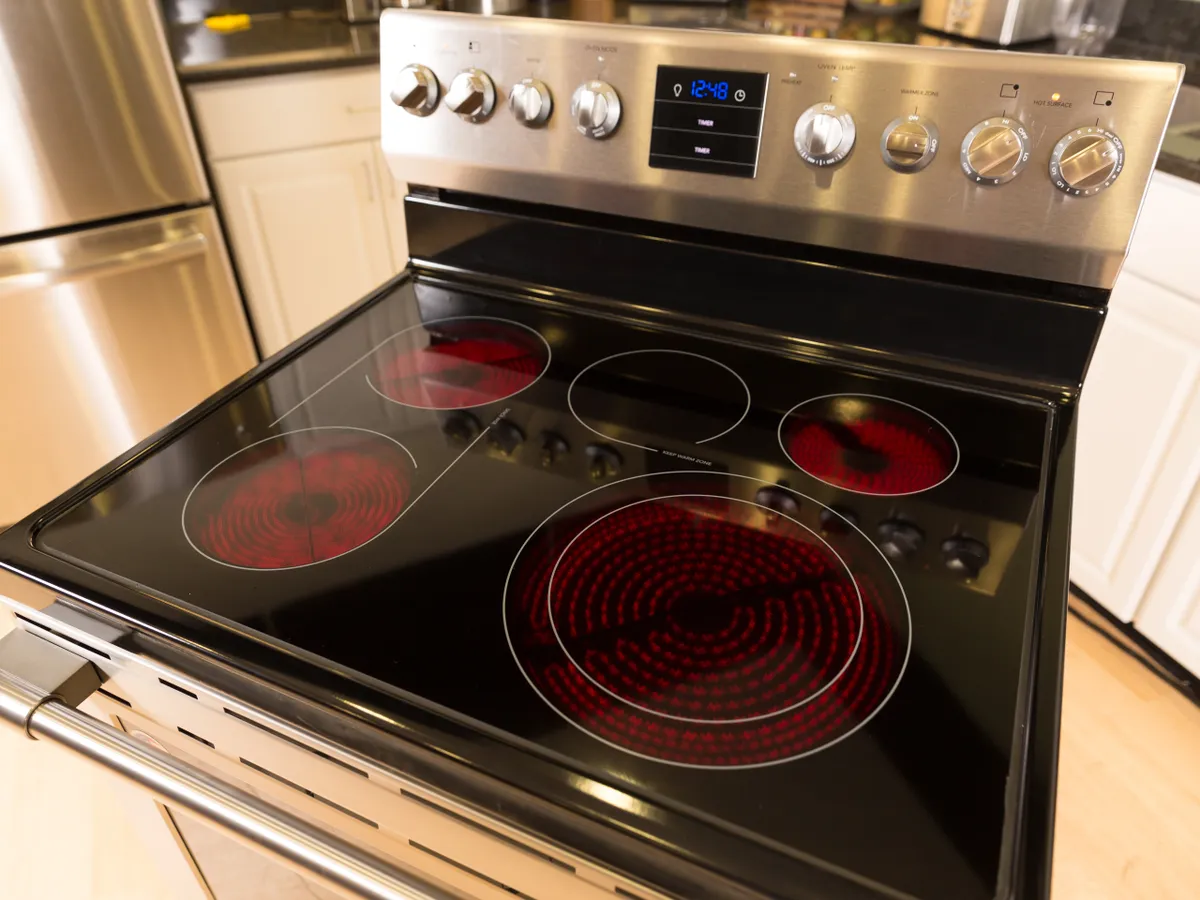
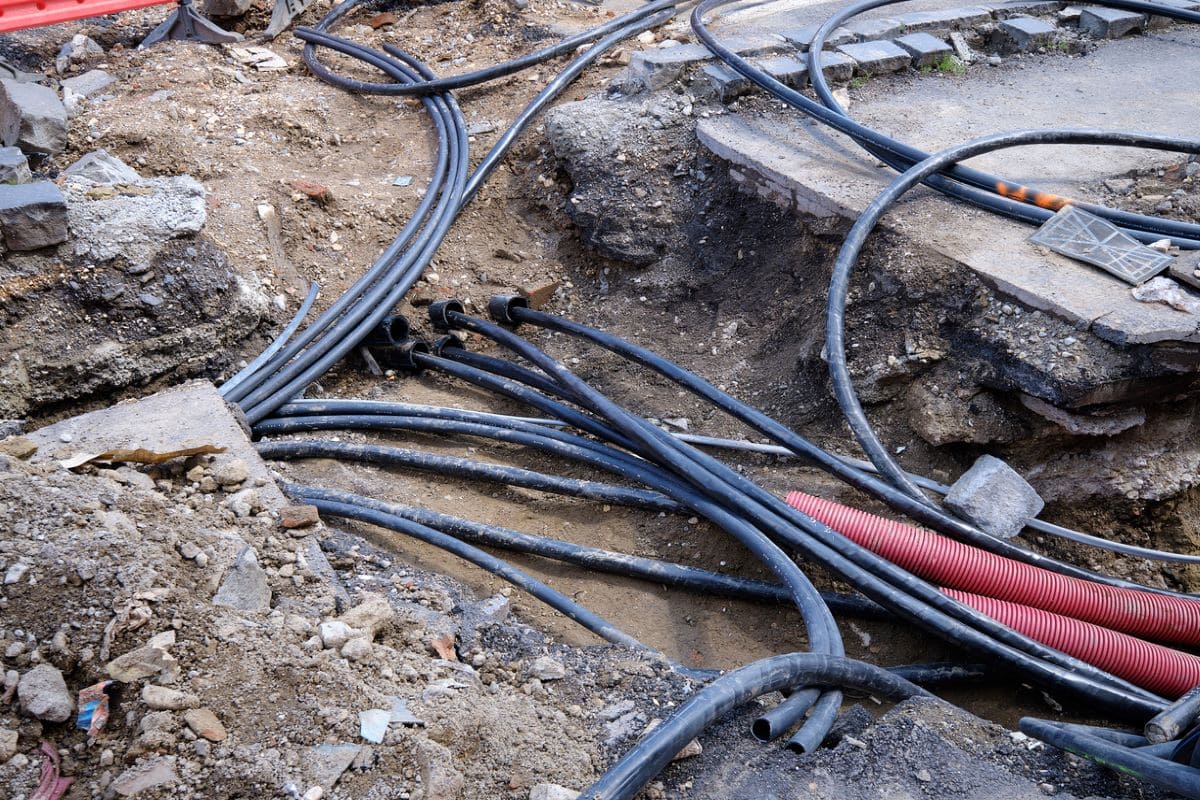
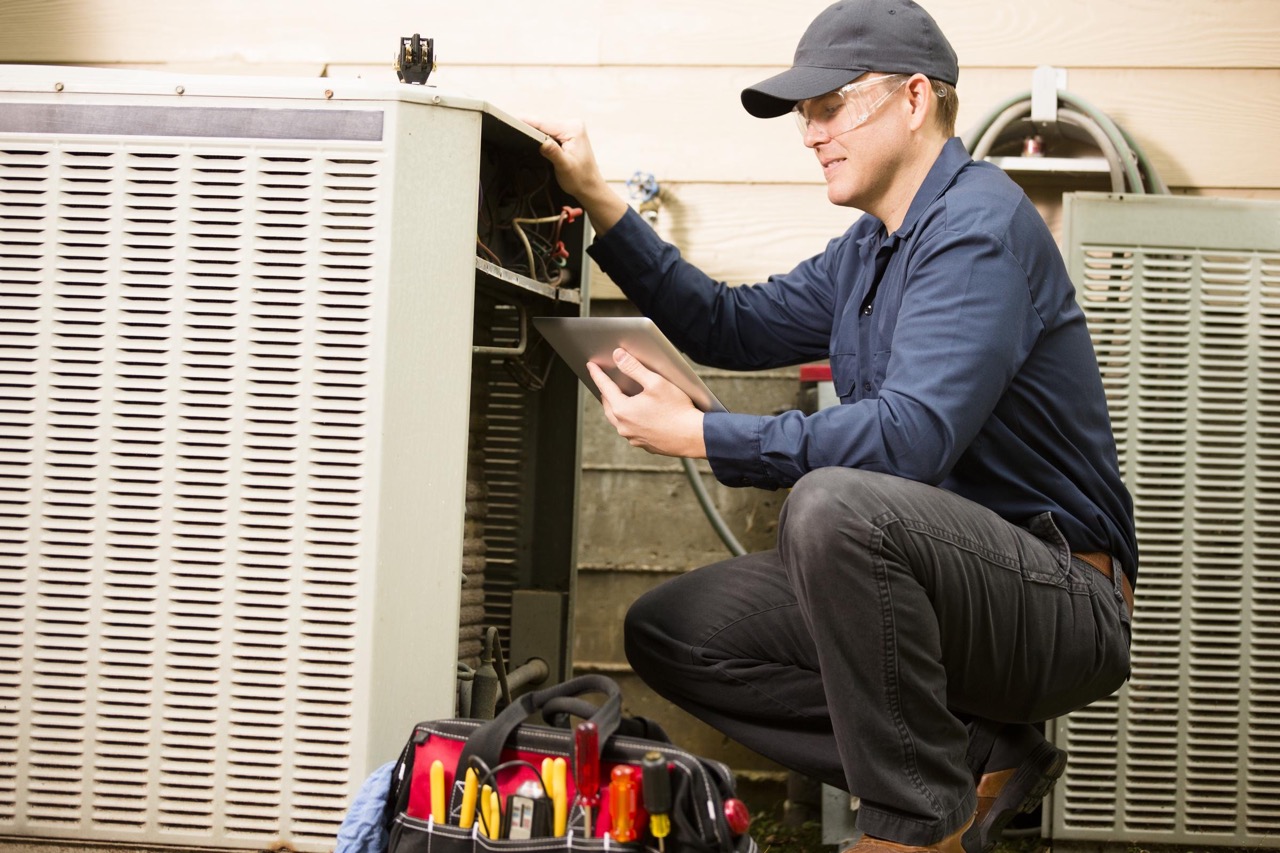

0 thoughts on “How Do I Know If I Have A Closed Plumbing System”